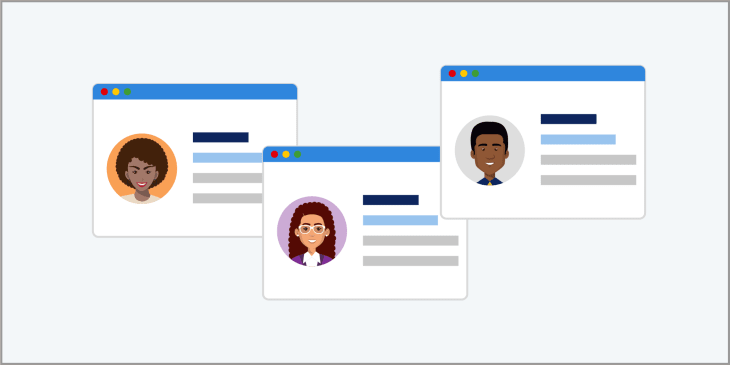Programmatic advertising is a key tool used by marketers today, but its always-changing nature can be confusing. Sometimes it’s hard to navigate through the acronyms and understand what the terminology means. But with some fundamental knowledge, you’ll be ready to tackle modern advertising.
What is Programmatic Advertising?
Programmatic advertising is an automated solution used for real-time buying and selling of online advertising. Its machine learning algorithms evaluate the performance of the ad campaign and determine where they are going to be the most effective based on user purchasing behaviors and other data. It currently powers all – or nearly all – advertising on the internet and is making its way into things like TV streaming.
Terms You Need to Know
Knowing the key terminology used in programmatic advertising is extremely beneficial for both advertisers and for those selling ad space. The key terms we provide are designed to make sure everyone is on the right page when communicating and can take full advantage of this technology. It not only benefits the advertisers but also strengthens engagement with the consumer.
Ad Exchange: This is a digital marketplace where advertisers (DSPs) and publishers (SSPs) buy and sell advertising space. The technology allows real-time bidding through automated auctions.
Demand-Side Platform (DSP): A digital platform that allows advertisers to automate their advertising processes. Advertisers or buyers can set up the price and control where the ad is distributed. DSPs are connected to a Supply Side Platform (SSPs) exchange. Think Google Ads.
Supply Side Platform (SSP): A digital platform that allows anyone selling ad space (often this would be publishers, like news sites) to automate selling. SSPs are connected to DSPs, ad exchanges, and ad networks. They are frequently used for desktop, mobile, and video ads.
Data management platform (DMP): A central system for collecting and managing data is a DMP. The platform collects first and third-party user information to generate insight and determine purchasing strategies for programmatic campaigns (in short, which ads to display to which viewers).
Real-Time Bidding (RTB): When ad buying is done through an automated auction in real-time. The bidding for the ad space begins when a user visits or makes an impression on a web page or site. The highest bid of the auction wins, and the ad is then placed. The whole process takes just seconds.
Private Marketplace (PMP): Advertisers are sometimes invited by sellers to a private auction for real-time bidding. The ad space is typically more expensive and is considered high value.
Programmatic Guaranteed/Direct: When a fixed price and the number of ad impressions are guaranteed through negotiation between an advertiser and publisher. It also guarantees that a reserved ad will automatically show up in the designated space. The term is also called automated guaranteed.
The World of Cookies
Consumer focus is critical for a digital advertiser’s success. One of the online methods used to make sure ads are engaging is through the collection of data points including age, gender, interests, location, and search behavior. This is all done through cookies.
Cookies: Tiny text files stored on a user’s device to collect data from their browser when they visit a website. It remembers user information to make the experience faster and more customized when repeatedly visiting the same website.
First-Party Cookies/Data: Cookies generated by a website to collect and store data only about how they’re using that specific site. This builds a relationship so things like personal preferences and settings can be saved and ads can be more targeted to the needs of the user.
Third-party Cookies/Data: Cookies generated by domains other than the one a user visits are called a third-party cookie/data. Along with collecting and storing data, they track users and build a profile for ad targeting. Third-party cookies follow a user from the original website visited and target ads based on that visit while the user is browsing elsewhere.
Programmatic Leads to Optimal Engagement
Programmatic advertising has revolutionized how advertisers reach consumers, and even though advertising and data privacy is sometimes controversial, there is evidence that readers prefer customized online experiences. By increasing your knowledge of programmatic advertising, you’ll have some of the fundamental tools necessary to strategically plan digital marketing campaigns, providing the best results. This list of key terms is a great start!
JobTarget provides its own Programmatic advertising solution designed to get job postings in front of the right audiences. If you manage job postings, Programmatic job advertising can transform how you source candidates. Click below to contact us.
For information on Programmatic trends, visit our “The Programmatic Advertising World Gears Up for 2022” blog post.

.svg)

